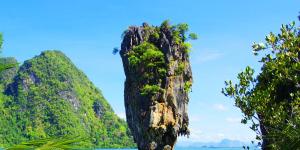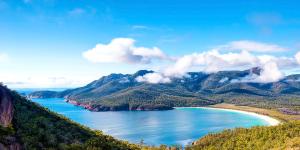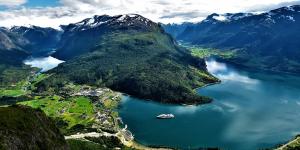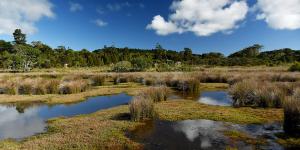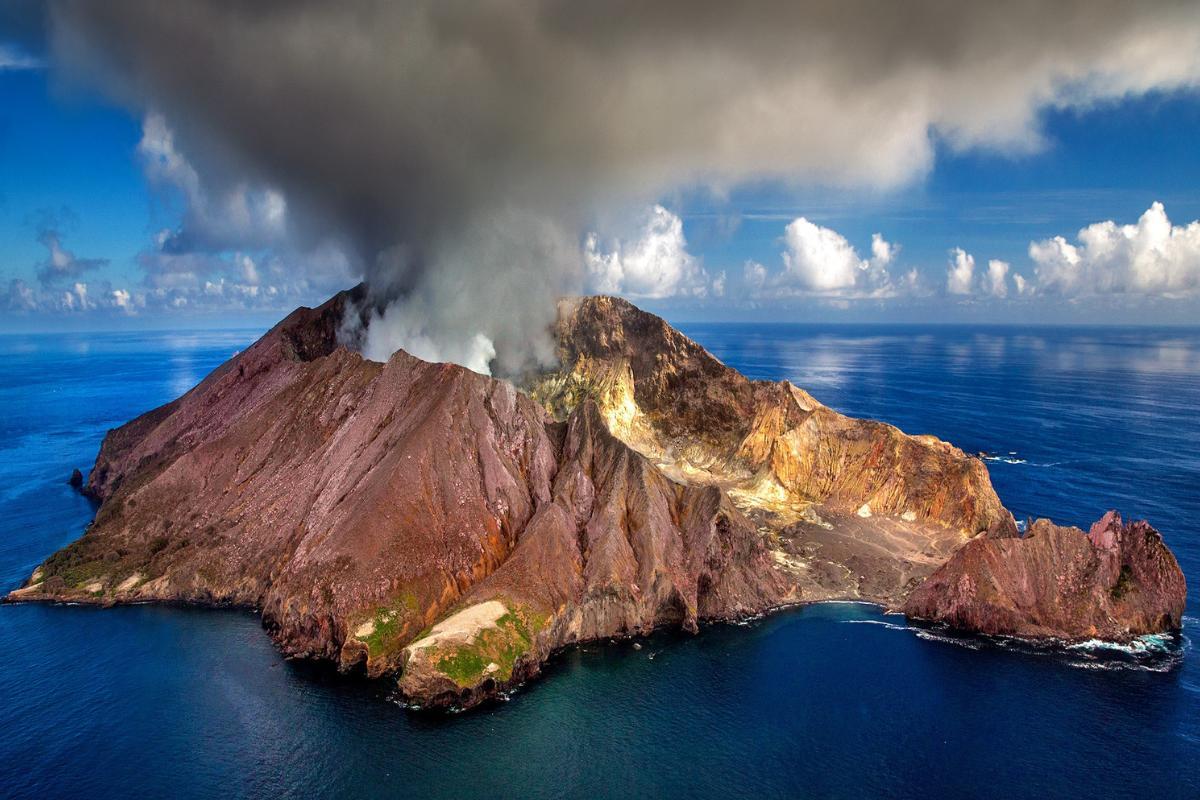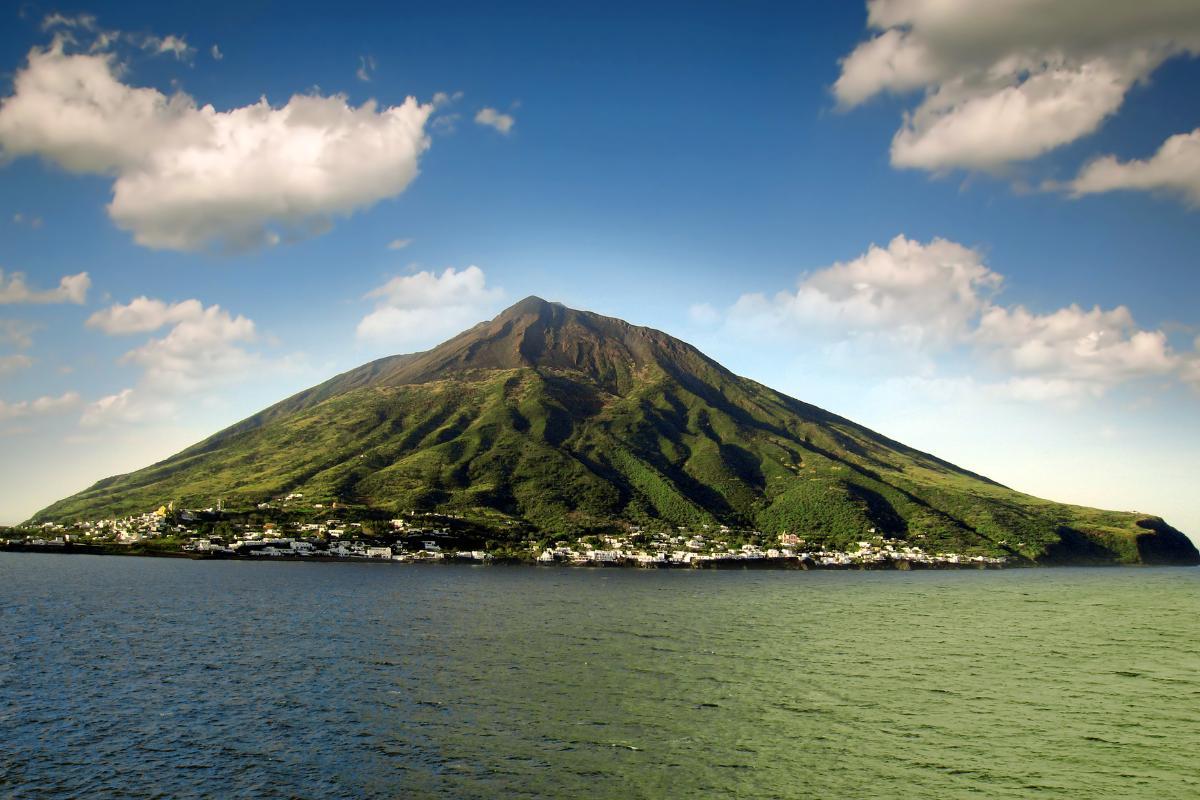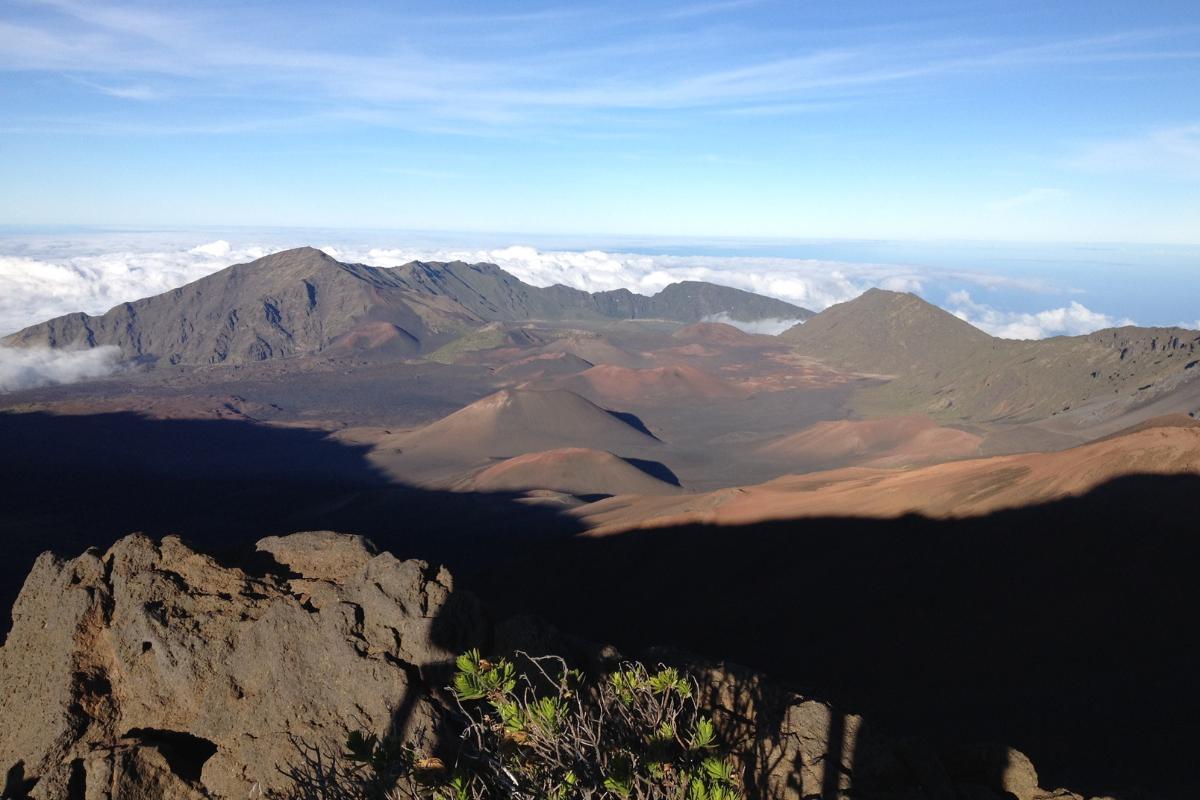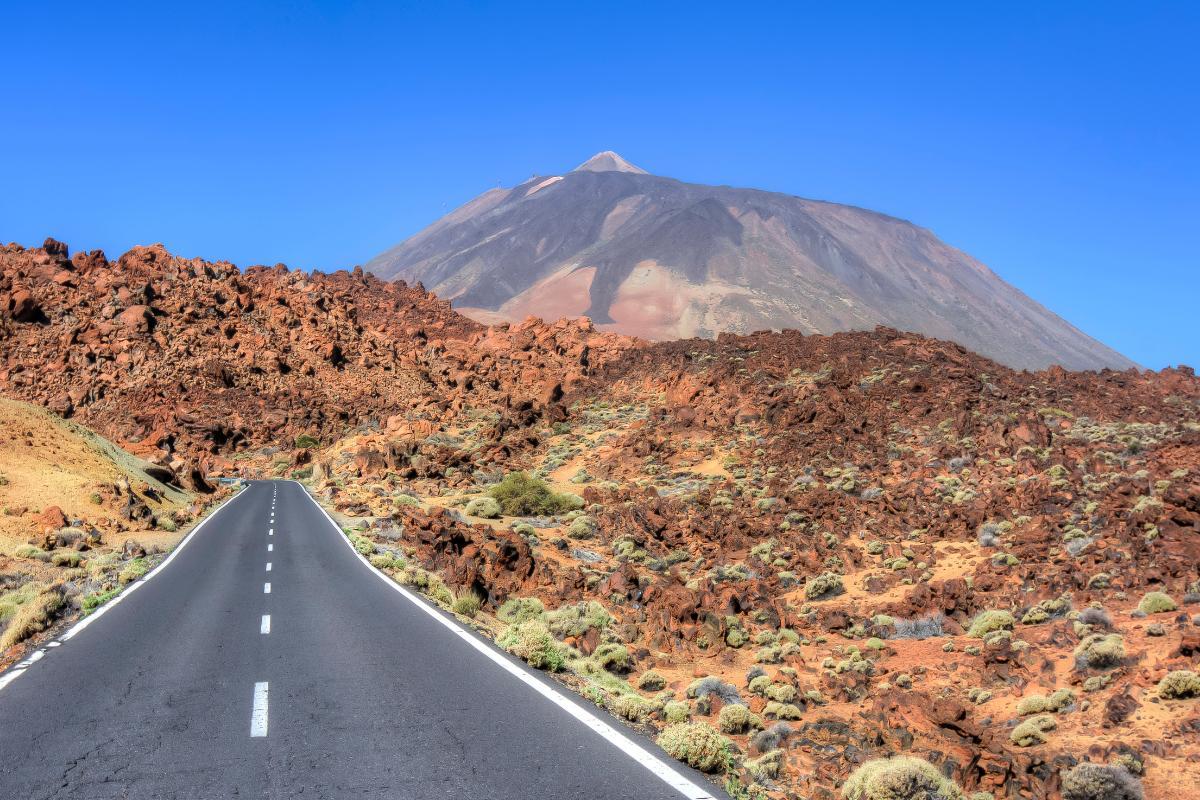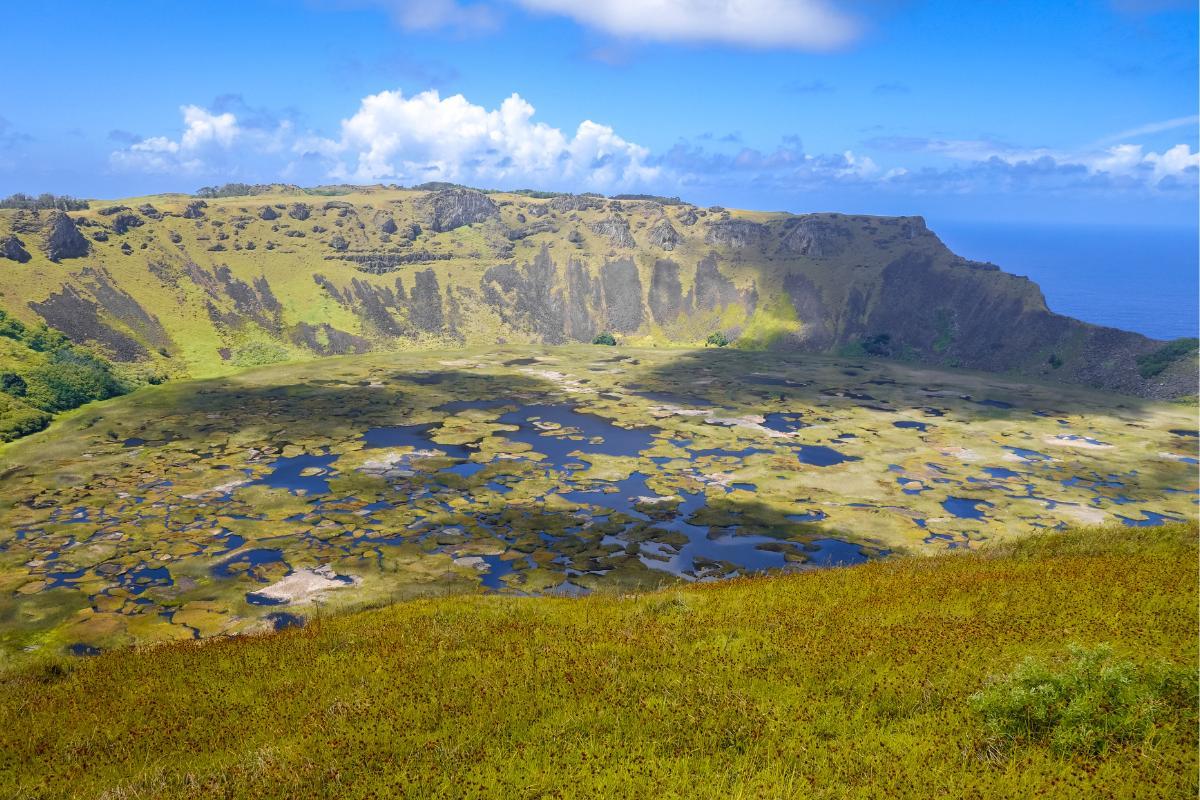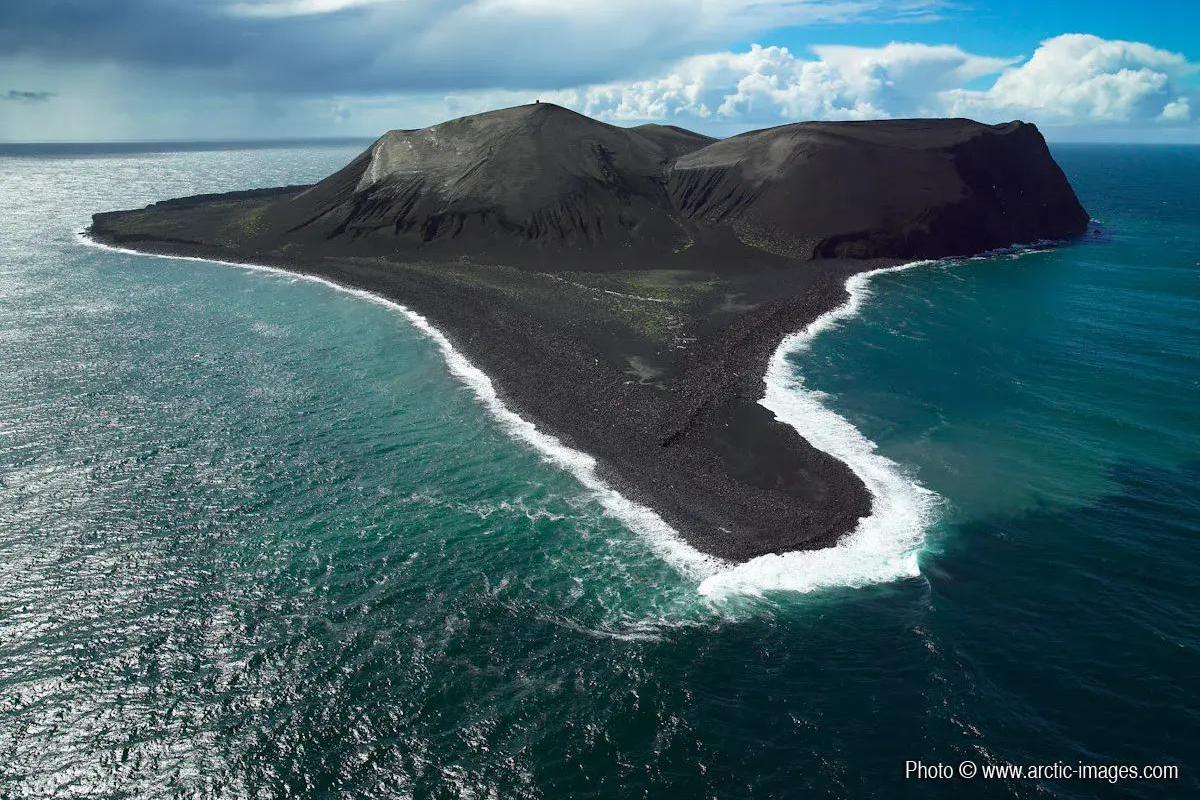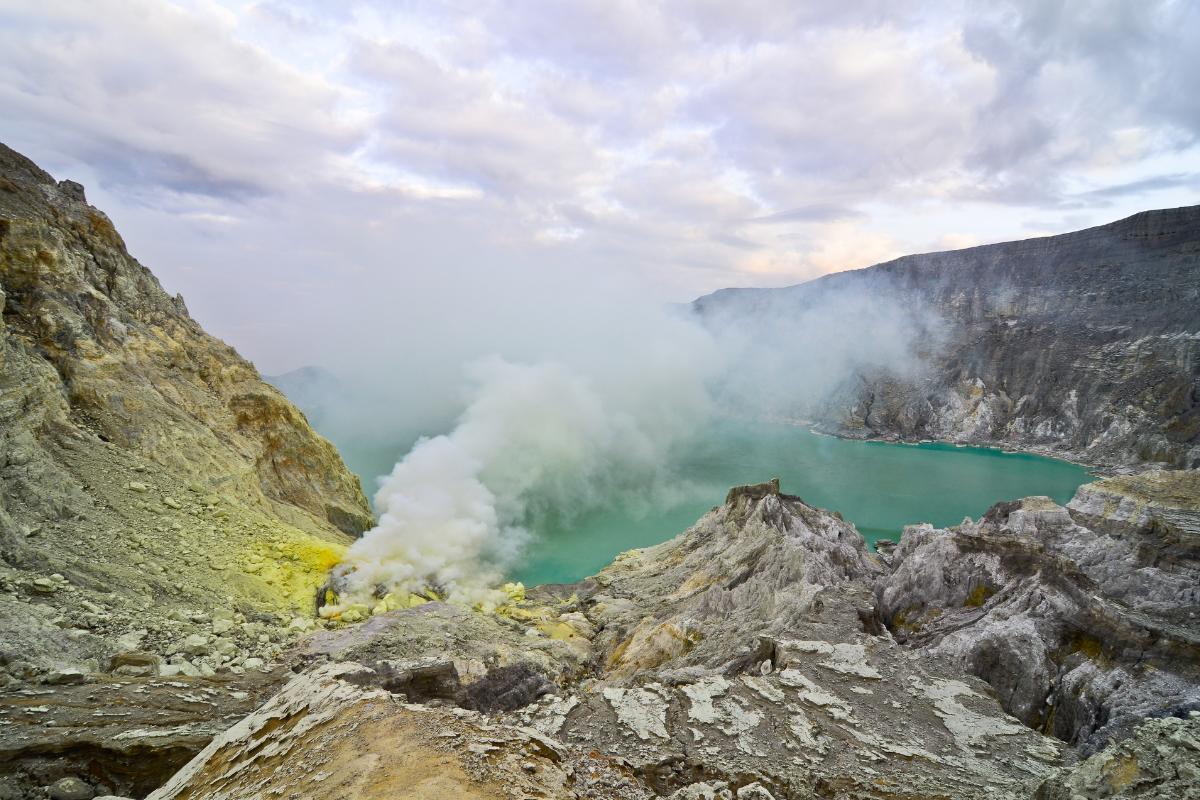What Are Volcanic Islands?

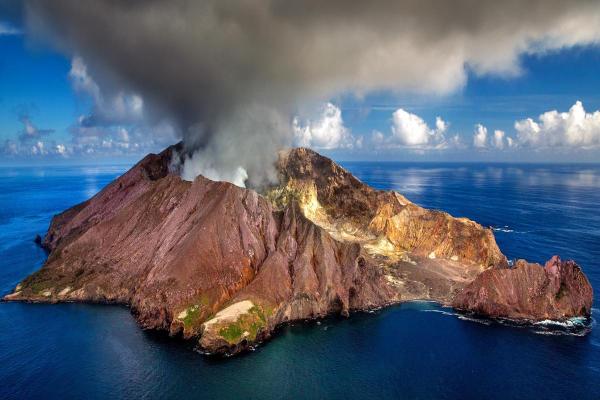
Volcanic islands start underwater, where Earth's internal forces push magma up through the seafloor. Out of the millions of volcanoes on the ocean bottom, few grow tall enough to break through the water's surface. These islands take different paths to formation, some pop up where tectonic plates meet or split apart, while others form over hot spots deep in Earth's mantle. The process creates distinct patterns, like Hawaii's island chain that shows how the Pacific plate moved over millions of years.
This thedailyECO article explains what volcanic islands are, how they form, their different types, and provides examples from around the world.
What are volcanic islands?
Volcanic islands start when underwater volcanoes pile up enough material to break through the water's surface. Earth's ocean floor contains millions of these volcanoes, but few grow tall enough to form islands.
These islands form in steps. Underwater eruptions stack lava and ash on the seafloor. The material builds up over time until it pushes above the water. When exposed lava meets air and water, it cools into solid rock, creating new land.
You'll find volcanic islands in specific places, such as along the Pacific Ring of Fire, over hot spots in Earth's mantle (like Hawaii), and where tectonic plates meet. Some also form in large lakes. Each island changes over time. The Hawaiian Islands have lasted millions of years, while other islands appear and sink within centuries.
Active volcanoes can make islands grow through new eruptions. When volcanic activity stops, waves and weather wear the islands down. Some eventually sink back into the sea through erosion and the gradual settling of Earth's crust.
Want to know what happens when molten rock reaches the surface? Read about the key differences between lava and magma.
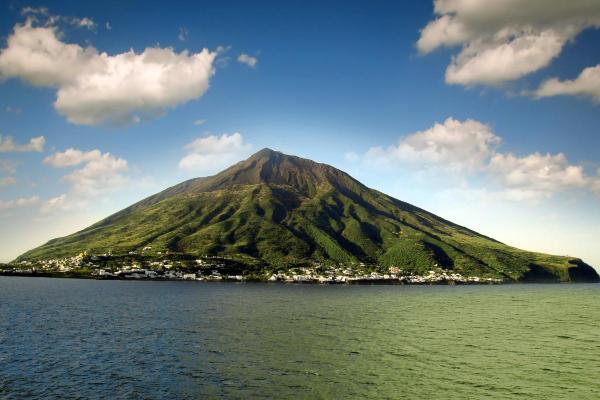
How volcanic islands are formed
Volcanic islands are broadly classified into three main types, each formed by distinct geological processes, resulting in unique characteristics:
Hotspot islands:
These islands form over "hotspots," areas where unusually hot mantle rock melts through the Earth's crust. The Hawaiian Islands are a prime example. As the tectonic plate moves over a relatively stationary hotspot, a chain of islands is created, with the oldest islands furthest from the hotspot and the youngest directly over it. Hotspot islands often have gentle slopes due to the relatively fluid (low-viscosity) lava flows that characterize their eruptions.
Island arcs:
These curved chains of volcanic islands form at subduction zones, where one tectonic plate is forced beneath another. The immense heat and pressure generated during subduction cause the descending plate to melt, producing magma that rises to the surface, creating a line of volcanoes. Japan and the Aleutian Islands are classic examples of island arcs.
These islands often have steep sides and are associated with explosive eruptions due to the higher viscosity of the magma and the presence of dissolved gases.
Rift zone islands:
These islands emerge along mid-ocean ridges, where tectonic plates are pulling apart. Magma rises through the resulting gaps, creating new seafloor and, in some cases, volcanic islands. Iceland, situated on the Mid-Atlantic Ridge where the North American and Eurasian plates diverge, is a prominent example of a rift zone island.
Ever wondered what powers the eruptions that create these islands? Get the science behind volcanic eruptions.
How do volcanic islands grow?
Volcanic islands typically progress through five stages of growth and eventual decline:
- Submarine volcano formation: the process begins underwater. Magma rises through cracks in the ocean floor, erupting as a submarine volcano. These eruptions release gases, ash, and lava. While some magma cools slowly beneath the surface, forming hard plutonic rock, lava that comes into contact with the cold ocean water hardens rapidly into volcanic rock, intermingling with existing seafloor sediments.
- Island emergence: over millions of years, continued eruptions build the underwater volcano upward. Eventually, it grows tall enough to break the water's surface, forming a new volcanic island.
- Dormancy and erosion: the volcano eventually becomes dormant (inactive). At this stage, weathering processes take over. Rain and waves erode the island, carving valleys and shaping the landscape from the center outwards.
- Rejuvenation (optional): some islands experience a period of renewed volcanic activity called "rejuvenation." This can involve new, often explosive, eruptions of different types of volcanic material. Scientists believe this rejuvenation may be triggered by the upward movement (rebound) of the seafloor after it has been compressed by the weight of the island.
- Submergence: over vast stretches of time, erosion continues to wear down the island. Eventually, the island can erode to the point where it sinks below sea level, becoming a seamount or a submerged platform.
From island-builders to continent-shapers: learn about supervolcanoes, the most powerful volcanic systems on Earth.
Hawaii:
The Hawaiian archipelago stretches 2,400 kilometers across the Pacific Ocean.
It includes 137 volcanic islands, though only 8 main islands support human populations. The others include small islets, atolls, and reefs.
Five volcanoes form Hawaii's Big Island:
- Kilauea: one of Earth's most active volcanoes.
- Mauna Loa: the largest active volcano on Earth.
- Mauna Kea: the tallest mountain from base to peak (10,211 meters from seafloor).
- Hualalai: a dormant volcano that last erupted in 1801.
- Kohala: the oldest volcano on the island, now extinct.
The islands support rare ecosystems. Hawaii contains the only tropical rainforests in the United States, spanning from sea level to 2,000 meters elevation. These forests, combined with Hawaii's isolation, have created a hub of biodiversity. About 44% of Hawaii's native plant species and 97% of its native animals exist nowhere else on Earth.
The islands continue to grow and change. New volcanic activity adds land while erosion and subsidence reshape older islands. The northwestern islands have eroded into atolls and seamounts as they moved away from the volcanic hotspot that formed them.
Each island's age increases as you move northwest along the chain, from the active Big Island to the 28-million-year-old Kure Atoll.
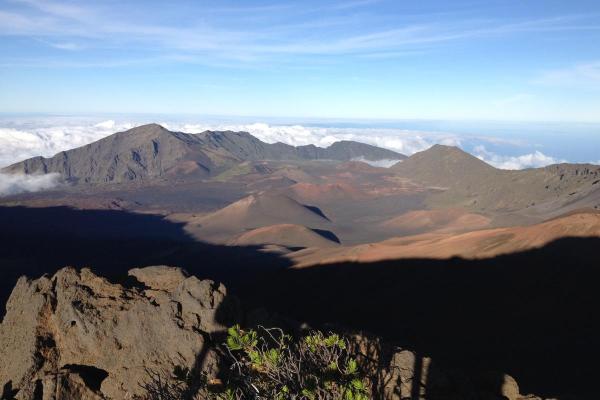
Canary Islands:
The Canary Islands form a volcanic archipelago off Africa's northwestern coast, about 100 kilometers from Morocco. This Spanish autonomous community consists of 8 main islands split between two provinces.
The archipelago's volcanic history has created diverse landscapes. While early reports counted 33 volcanoes, geologists now recognize many more volcanic structures across the islands. Gran Canaria alone contains numerous volcanic features, including cinder cones, calderas, and lava domes.
The islands formed sequentially from east to west over millions of years as the African plate moved over a mantle hotspot. This process mirrors Hawaii's formation, though at a slower rate.
Beyond the main islands, the archipelago includes 5 islets and 8 rocky outcrops. These smaller formations result from the same volcanic processes that built the larger islands.
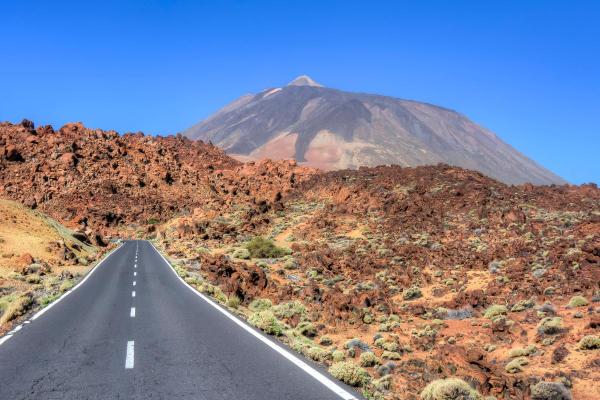
Easter Island:
Easter Island rises from the Pacific Ocean floor as a triangle of three extinct volcanoes. Located 3,700 kilometers west of Chile, this remote volcanic island measures just 164 square kilometers.
The three main volcanoes that formed the island:
- Terevaka in the north (507 meters high)
- Poike in the east (370 meters high)
- Rano Kau in the south (324 meters high)
These volcanoes erupted at different times, building the island through layers of basaltic lava flows. Rano Kau and Poike formed first, around 3 million years ago. Terevaka's later eruptions connected the older volcanoes, creating the island's current triangle shape.
Each volcano left distinct features:
- Terevaka makes up about 95% of the island's mass
- Rano Kau contains a crater lake and steep cliffs
- Poike's eruptions created the eastern peninsula
The island's volcanic origins provided the Rapa Nui people with essential resources. They carved their famous moai statues from volcanic tuff found in Rano Raraku crater. The volcanic soil also supported agriculture, though centuries of intensive use depleted its nutrients.
Smaller cinder cones and lava domes dot the island's surface, marking later volcanic activity. While the main volcanoes are now extinct, their shapes and structures tell the story of the island's formation.
Most volcanic activity happens underwater, hidden from view. Learn about submarine volcanoes, the unseen birthplace of volcanic islands.
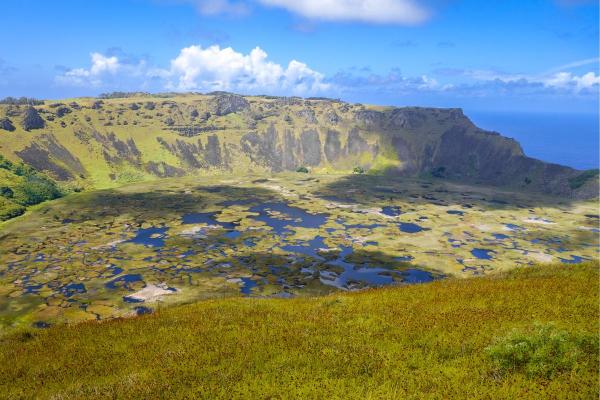
Surtsey Island:
Surtsey Island emerged from the Atlantic Ocean in 1963 through submarine volcanic eruptions. It sits just off Iceland's south coast as part of the Vestmannaeyjar volcanic system, which includes 18 islands and several reefs along the Mid-Atlantic Ridge.
The volcanic eruption that created Surtsey lasted until 1967. As the hot lava met seawater, it formed black glass-like rocks called hyaloclastites. This rapid cooling process built up layers that eventually broke the ocean's surface.
Today, Surtsey serves as a natural laboratory. Scientists study how life colonizes new land, from microbes and lichens to birds and seals. The island's isolation helps researchers observe these processes without human interference.
Erosion constantly reshapes Surtsey. Waves and weather have already reduced its size from its original 2.7 square kilometers. Scientists estimate the island may mostly erode away within the next few hundred years, leaving only its hardened volcanic core above water.
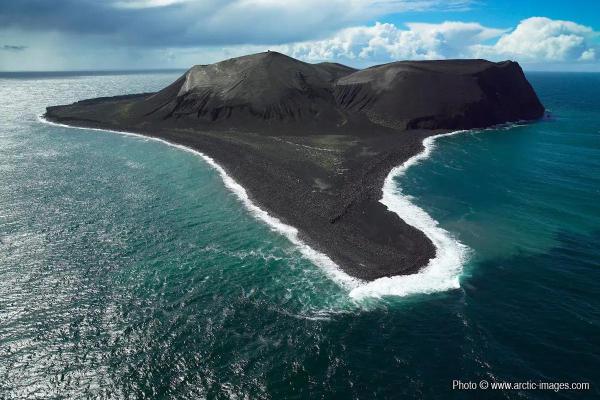
Java:
Java stretches 1,000 kilometers along Indonesia's island chain, with 45 active volcanoes dotting its spine. These volcanoes formed as the Indo-Australian plate slides beneath the Eurasian plate, creating one of Earth's most active volcanic zones.
Java's volcanoes shape daily life for its 150 million residents. The volcanic soil enriches farmland, supporting intensive agriculture. But eruptions pose constant risks, in fact, Merapi's 2010 eruption forced 350,000 people to evacuate.
These volcanoes affect Indonesia's largest population center. Jakarta, with 10 million residents in its core city, sits on Java's northern coast. Several other major cities, including Yogyakarta and Surabaya, developed near these volcanoes despite the risks, drawn by the fertile soil and cultural significance of these mountains.
Love these volcanic islands? They create some of Earth's most striking beaches. Check out the most beautiful black sand beaches they've formed.
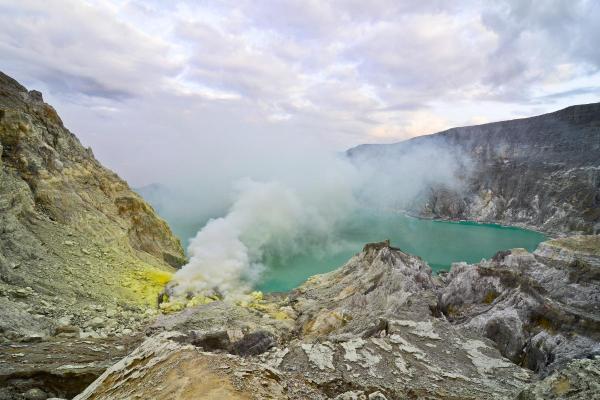
If you want to read similar articles to What Are Volcanic Islands?, we recommend you visit our Ecosystems category.
- Schiavo, B., Palacios, TEA, Inguaggiato, C., & Figueroa, DM (2022). Ferdinandea: origin and evolution of volcanic islands. Revista Digital Universitaria, 23(4).
- Santamarta Cerezal, JC (2017). Treatise on water resources mining in oceanic volcanic islands. Official College of Mining Engineers of Southern Spain.

